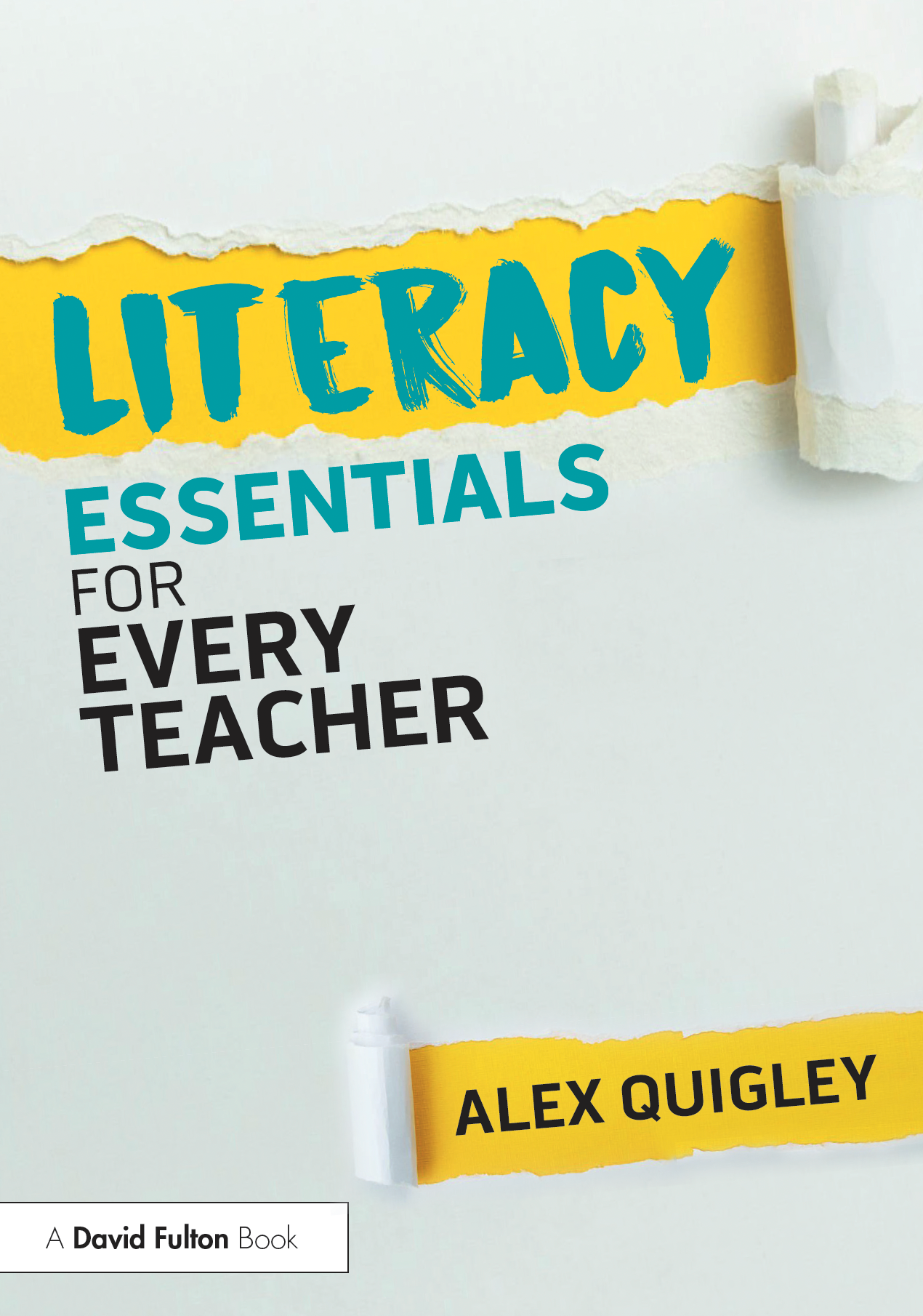There are fewer more important acts in all of education than reading in the classroom. From what is read, to the specifics of when, why, and by whom, the how of reading in the classroom can prove a vital daily decision.
Given reading aloud in class is part of the fabric of teaching and learning, there is inevitably a legion of daily practices that attend the act of reading in the classroom. And so, we must ask, are we clear what reading practices we should do more of and what practices we should adapt or stop?
There is evidence to suggest that we should stop, or at the very least carefully adapt, the common act of ‘Popcorn reading’ or ‘round-robin reading’ (RRR). ‘Popcorn reading’, or RRR, describes the all-too-common act of selecting pupils at random to read aloud one after another. RRR sometimes makes for a more selected approach to the same practice. For instance, every pupil on the register reads that week etc. – but no significant practice or rehearsal is involved.
Invariably, reading without careful preparation and practice for novice pupils is prone to go awry. This is especially likely with demanding curriculum texts.
I used the RRR approach for years, just like I was taught, unthinkingly. I simply didn’t know there was useful evidence to substitute it for better strategies that focus on fluency.
Put away the ‘Popcorn reading’
Part of the problem with Popcorn reading and RRR is the emotions that can often attend these approaches. For some pupils, it causes stress and takes up their mental bandwidth. They aren’t actually thinking about what they are reading – they are waiting to be asked to read. For some pupils, they are patently dysfluent, so they get embarrassed, which obviously impacts their confidence (including the impact on their sense of self-efficacy as a reader).
An interesting small study from Spain compared the teacher reading aloud, silent reading, and ‘follower reading’. ‘Follower reading’ described the act of listening along to your peers. The study showed what many teachers would suspect: trying to follow and listening to a peer who is not a fluent reader can hamper your comprehension.
Compared to the expert model of a teacher, listening to slow-going peers, picked without any preparation for reading a given passage, can prove an issue. Hearing and practising fluent reading matters, for pupils young and old. And so, teacher-led reading – with confident, clear expression, that offers important cues to support understanding – should trump the ad hoc selection of pupils’ reading.
Pupils reading aloud in class is typically slower than a fluent, expert teacher. As such, pupils can get in the bad habit of following their peers along and even baking errors into their mental model of the text. For instance, in ‘Goodbye Round Robin’, Professor Tim Rasinski and Michael Opitz suggest that when pupils listen to their dysfluent peers they quietly read along (this is labelled ‘sub-vocalisation’) and thereby unhelpfully imitate slow, dysfluent reading. They can pick up bad habits and not grasp the text.
Another gain when teachers model expert reading of complex texts is that it allows for the increasingly demanding texts pupils need to progress through the academic curriculum.
Additionally, teachers knowing and reading a text with fluency and precision can be undertaken with timely strategies, such as ‘interactive reading aloud’ (IRA). That is to say, teachers don’t just read aloud – but they make timely comprehension prompts, such as clarifying an important word, or stopping and questioning at the key point in a given text.
What should replace ‘popcorn reading’/RRR?
The teacher reading aloud and expertly modelling fluency (pace, expression, volume etc.) is likely a better bet than selecting underpractised pupils to read.
It is important to state that pupils do need to practise reading aloud if they are to develop and improve their own reading fluency. What evidence-informed strategies can help this aim?
Professor Diane Lapp, from San Diego State University, in the categorically titled, ‘If you want students to read widely and well – Eliminate ‘Round-robin reading’, suggests the following approaches:
- Repeated reading, which involves repeating a reading modelled first by the teacher or another proficient reader.
- Choral reading, which means reading together with others who are proficient readers.
- Echo reading, or the student echoing or repeating what the proficient reader has just read.
- Readers’ Theatre involves a dramatic reading of a text or script by the students.
- Neurological impress, which involves the student and teacher reading together while tracking words.
Let’s put away the popcorn, retract RRR, and put efforts into teacher-led reading and a purposeful focus on fluency-building practices.
Related reading:
- Read and download my free tool comparing ‘Whole Class Reading Approaches’ – HERE.
- Read the EEF ‘Improving Literacy at Key Stage 2’ guidance report and the focus on fluency, ‘Reader’s Theatre’, and more – HERE.
- Professor Tim Shanahan explores a useful critique of RRR in ‘Round robin by any other name – Oral reading for older readers’ – HERE.
Of course, you could always explore ‘Closing the Reading Gap‘ to find out much more!
[Image via Flickr: https://www.flickr.com/photos/115089924@N02/12212474014]






Comments